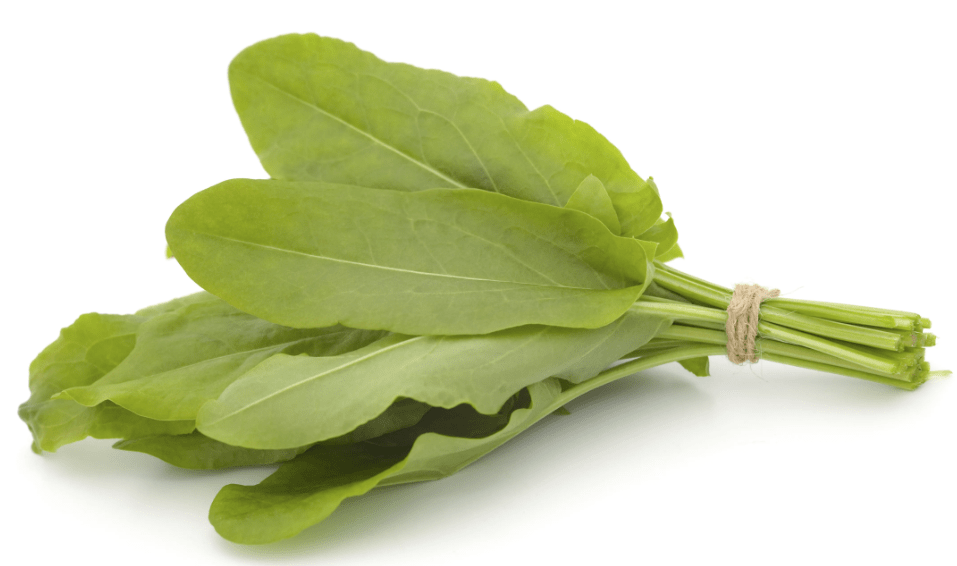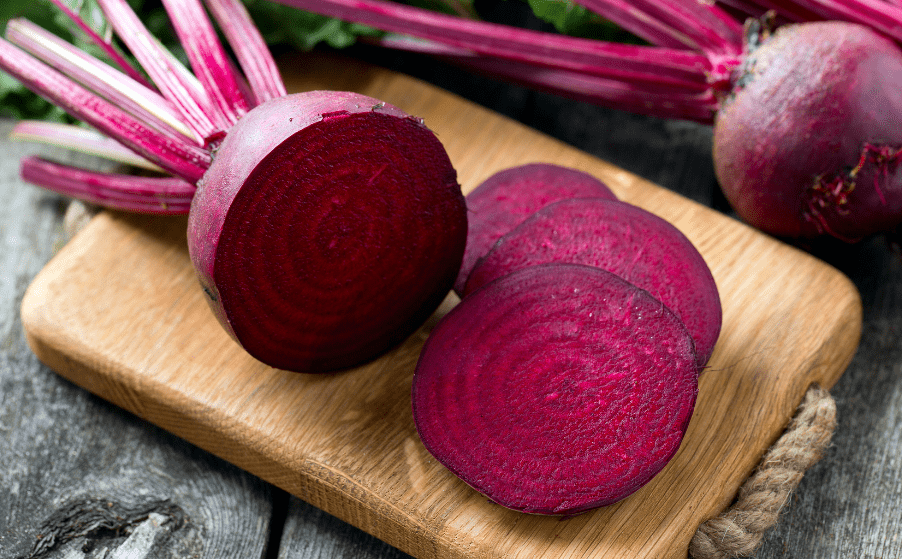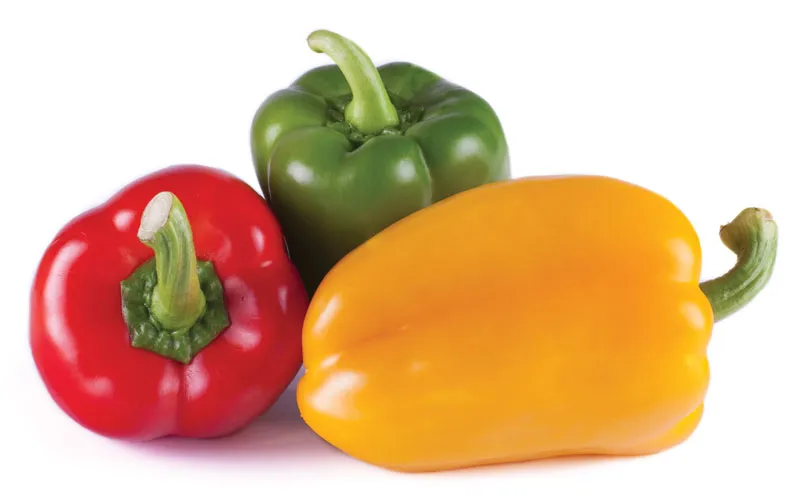
Description
The sorrel plant is a thin, herbaceous perennial that grows to a height of 60 centimetres. It has deep-seated roots, juicy stems, and arrow-shaped (sagittate) leaves that emerge from a rosette. The lower leaves have long petioles, a membrane ocrea made of fused, sheathing stipules, and a length of 7 to 15 cm (3 to 6 in). The higher ones frequently turn scarlet and are sessile. It bears whorled spikes of early-summer, reddish-green flowers that bloom before becoming purplish.
Varieties
The Rumex genus includes the following four edible relatives:
Rumex acetosella, often known as common or sheep sorrel, is frequently seen as a weed. Its little leaves are at their best when they are fresh and sensitive.
The red-veined sorrel has leaves with red veins; it makes a fine salad green but is more beautiful than tasty and lacks the sharpness you may anticipate from a sorrel.
Although it is much taller than garden sorrel, spinach dock, also known as patience dock, garden patience, or herb patience, has a flavor that is comparable.
The 8-foot-tall spinach rhubarb plant has leaves that can be used in place of spinach and ribs that resemble rhubarb.

Uses
Additionally, you can prepare raw sorrel leaves similarly to a herb by chopping them up and adding them to eggs, lentils, or a lemony yoghurt or sour cream dip.
Nutrition
Incredibly, 100 g of raw sorrel contain 133% of the daily value for vitamin A, 26% for magnesium, 80% for vitamin C, 30% for iron, and 21% for manganese. Oxalic acid, a substance present in many plant diets, is present in high concentrations in sorrel.
Cultivation
While sorrel will grow in nearly any well-drained soil in either full sun or moderate shade, a growing location with rich, nutritious soil is ideal.
Table





